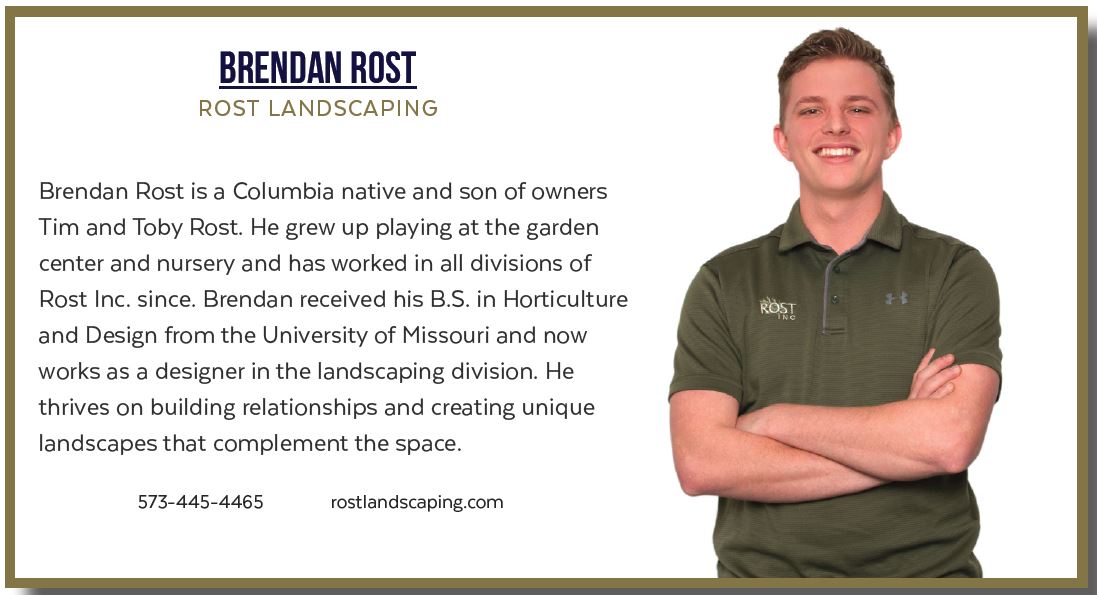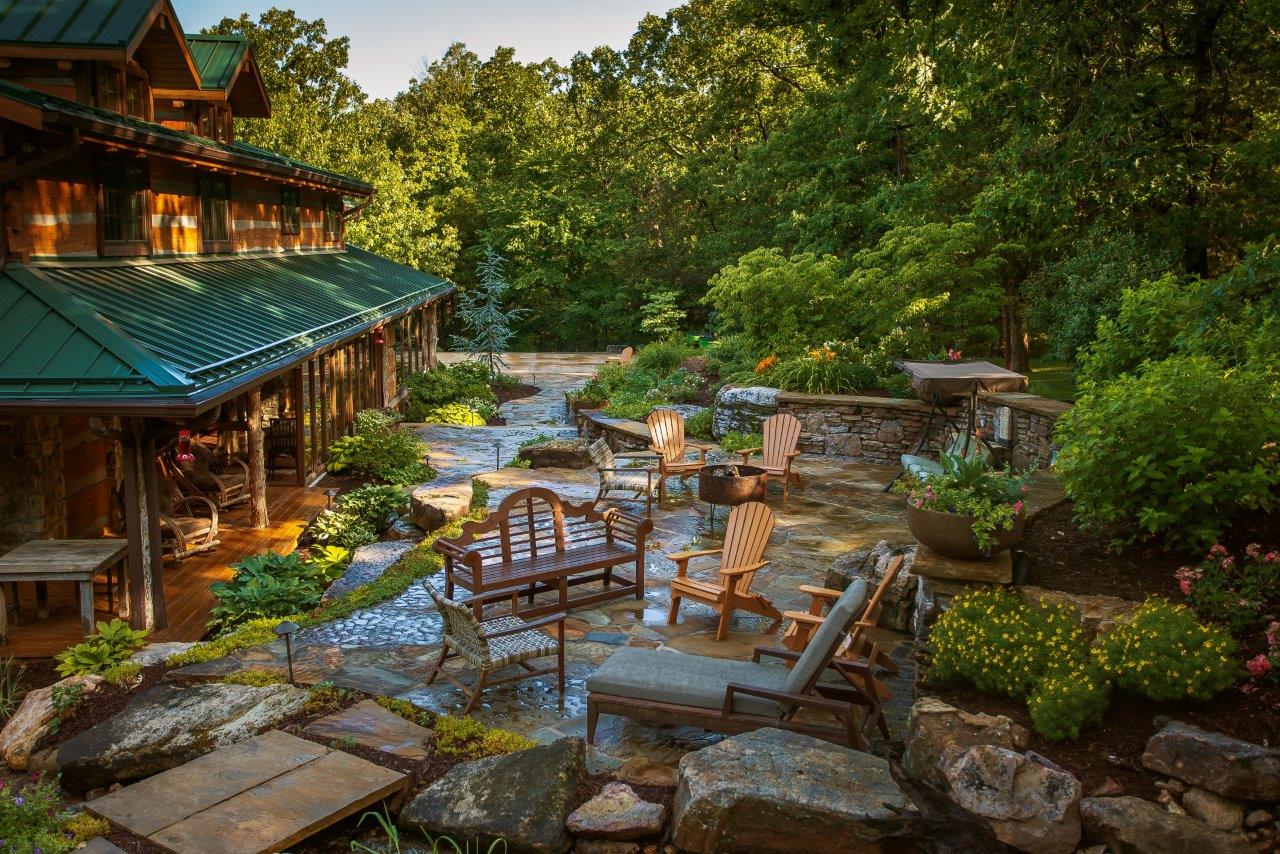There is a belief in the landscape industry that you can tell what time of year a house was landscaped based on the plant selection. Often times, contractors get in the habit of choosing a plant palette based on what is blooming at the time of install rather than planning for four full seasons of interest. While this may create a dazzling effect for a brief window of time, it often leaves the landscape boring for large swaths of the year.
Many ornamental plants will look their absolute best in the spring; bright new growth and colorful drifts of blooms make for a beautiful show early in the year. Spring, however, is fleeting so planning accordingly pays dividends all year long. There are many ways to create points of interest a well-designed landscape: specimen plants, leading the eye with lines, varied proportions, repetition, and cohesion all play a role. For this article, we will look beyond these and focus on creating seasonal interest by carefully selecting our plant palette to add a variety of color and texture to the landscape.
Flowering plants are the most obvious form of season interest. For flowering color, working in a variety of trees, shrubs, and small perennials will be rewarded with nine months or more of new blooms and points of interest.
- Lilacs, Korean spice viburnums, magnolias, dogwoods, crabapples, and hyacinth are all excellent choices for a spring flowering spectacle that spans the whole season.
- For summer, roses, hydrangeas, hypericum, southern magnolias, and seven son flowers have long bloom times to span the hottest months.
- In fall, some of our summer bloomers will keep blooming but we also rely heavily on smaller herbaceous perennials for color like catmint, salvia, sedums and daisy; most of which begin their bloom cycles early in the year and continue well into fall.
- Winter bloomers are rare but options like hellebore and witch hazel can give pops of color in even the dreariest winters.
Foliage is another great tool to promote contrast and break up the uniformity of the typical landscape. Year-round color, fall color, and a variety of size and structure of the foliage are all elements to focus on when building out a plant palette.
- Using colorful evergreens like blue spruce, southern magnolia, and Arborvitae “fire chief” give us year-round display and break up the green haze of most foliage.
- Some great deciduous options like smoke bush, varieties of ninebark and Japanese maples, and diervilla give us all shades of yellow, orange, red, and purple and provide great three-season interest.
- Working in showy fall color can inflate the sensation of the changing of the seasons and bolster the landscape in an otherwise downtime. Maples, tupelo, burning bush, oak leaf hydrangea, and even some grasses like blue stem can all provide pops of color as the landscape morphs in the fall.
- Another great tip is to pair plants with complementary leaf size and branch structure to break up a monotonous landscape. A great example of this is pairing the large leaf of an oak leaf hydrangea with the smaller, tight structure of a boxwood.
Lastly, branch structure, exfoliating or colorful bark, and persisting fruit create points of interest periodically throughout the year and are often under-utilized elements in the average landscape design. Red twig dogwood and winterberry can give pops of color en masse with persisting fruit and brightly colored stems while river birch and yellowwood’s exfoliating and mottled bark draws the eye.
By utilizing all of these elements to ensure seasons of interest, we can maximize our natural spaces, increase the appeal of our property, and compliment the strengths of the nearby structures. Give us a call to find out more about what the pros know.


